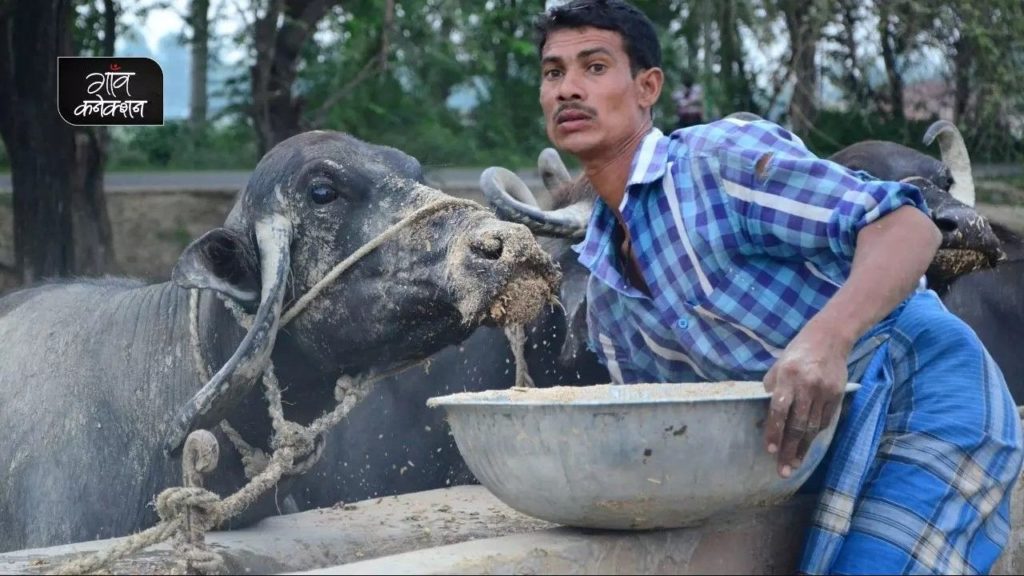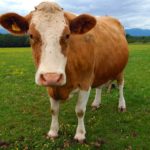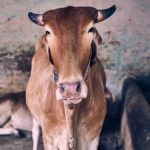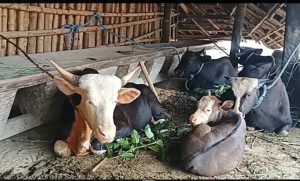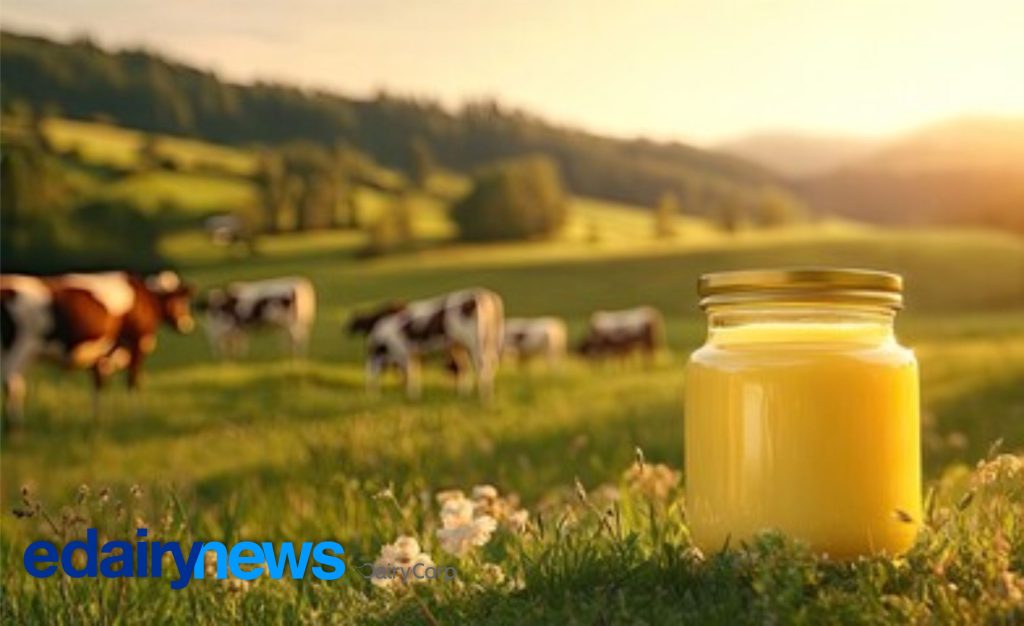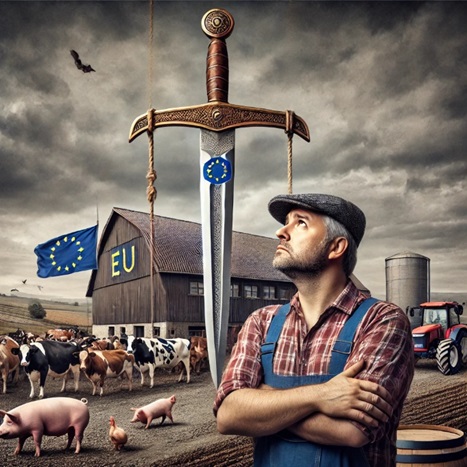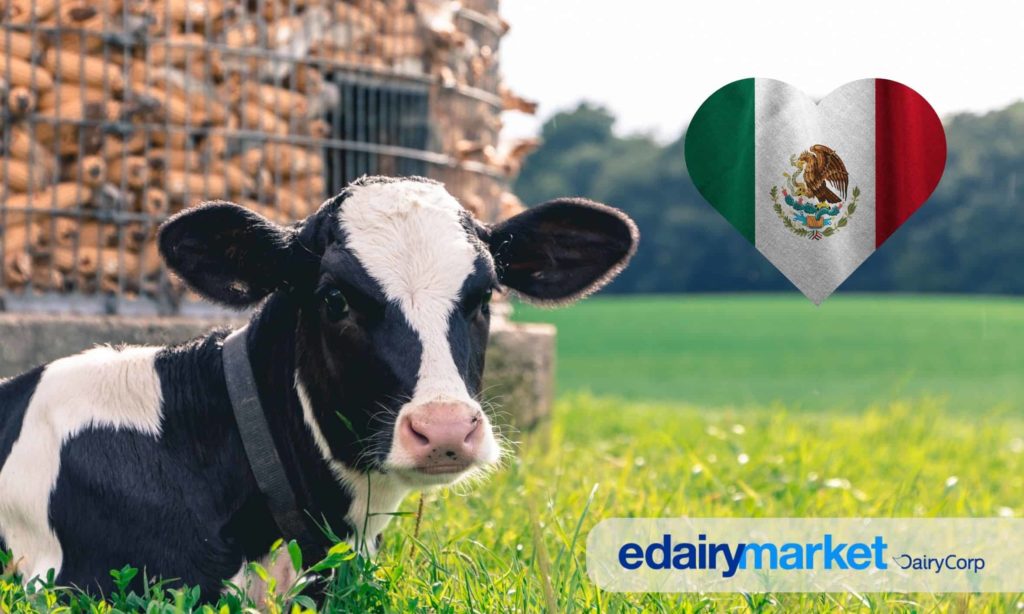
Asizable population of the country is involved in rearing cattle. The number of livestock is also increasing to keep up with the demand. However, there remains the problem of insufficient fodder for the cattle.
In India, a negligible portion of land is devoted to growing fodder for the cattle. Presently, there are 535.78 million cattle in the country. Between 2012 and 2019 there has been a 4.6 per cent growth recorded in the cattle population.
While about 14-17 per cent of land should be devoted to raising fodder, only four per cent is currently under fodder cultivation. There is a huge gap between demand and supply in fodder. Going by the number of cattle in the country, it is feared that by 2025, there will be a 23 per cent shortage of dry fodder, 39 per cent of green fodder and 38 per cent of mixed grains needed as cattle feed.
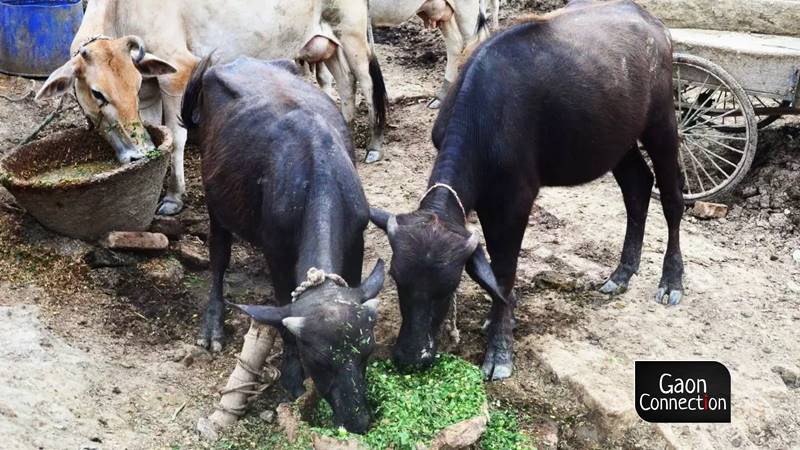
Green fodder has always been in short supply. And a combination of green fodder, grains as well as dry fodder is necessary for the cattle to yield better milk, bear better calves, etc.
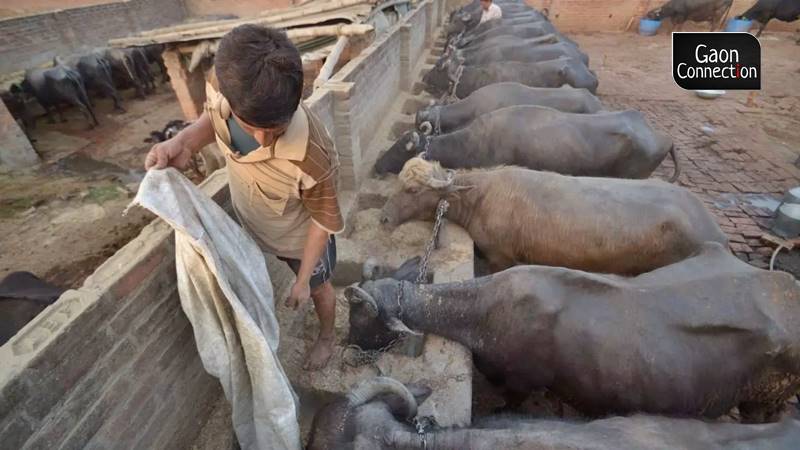
Rising cost of fodder
The wheat chaff that was once easily available to cattle rearers to feed their animals is no longer as easily available and they are being forced to feed their cattle the straw from paddy. The straw was once available to them free to lay on the floor of the cattle sheds so that the cows could lay on them. The rearers also made bonfires of the straw to keep cattle warm in the winters. Now the dairy farmers are buying the straw paying a lot of money for it.
In north India, the wheat chaff costs anything between Rs 1,200 and Rs 1,400 a quintal (1 quintal = 100 kilogrammes). The residue of paddy crops, soya bean and bajra sell between Rs 500 and Rs 600 a quintal, and the expenses of dairy farmers have gone up considerably.
Correspondingly, the dairy farmers are not earning as much income from the milk.
This year, the country has seen unprecedented rains, droughts, floods, etc., that have impacted agriculture and farmers across the states. The torrential rains in the country destroyed acres of standing crops of maize, soybean, and millets that have had an impact on the availability of fodder too.
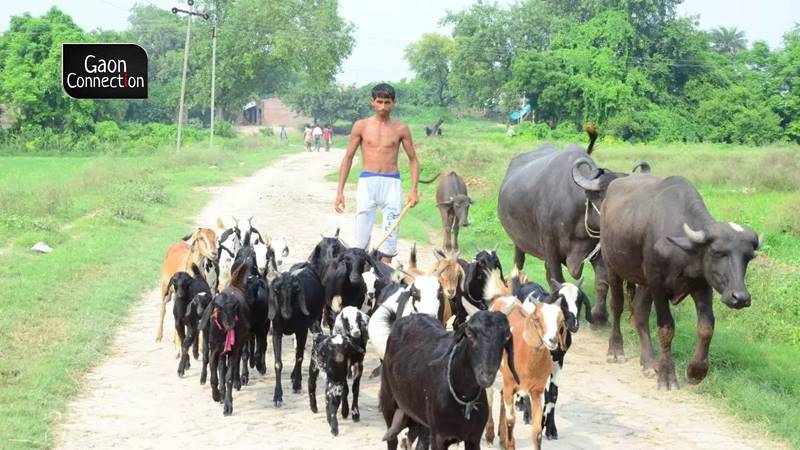
There is a need to address the problem of inadequate supply of cattle feed if the dairy farmers in the country are to increase the yield of milk. Governments, scientists, dairy farmers and farmers should get together to find a permanent solution to this problem.
Alternative sources of fodder have to be found. Research and development has to be undertaken to use the foliage from drumstick and Subabul trees as fodder, besides finding ways to cultivate napier grass, millets, etc. as alternative sources of cattle feed. Cheaper and more low maintenance vegetation should be identified that could help feed the cattle.
Non agricultural lands should be used to grow fodder. Seed banks and fodder banks should be created. Only when the scientist community and the community of farmers with the support of the government put their heads together, will the problem of fodder and cattle feed be solved.
